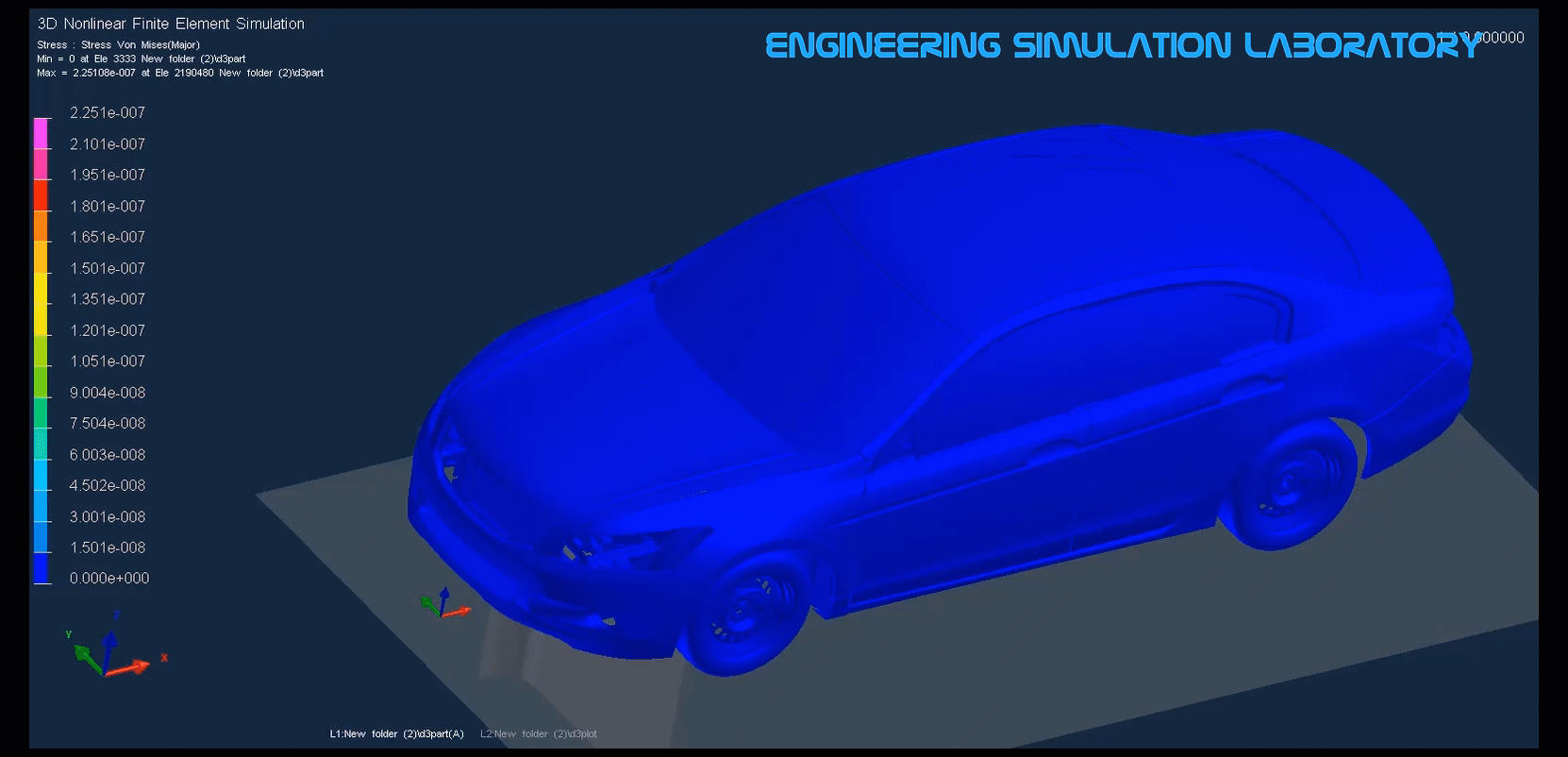The objectives of this course are to enable Master-level engineering students to acquire in-depth knowledge of composite materials, focusing on their fabrication, characterization, and numerical modeling. The constitutive equations of orthotropic materials are derived from those of fully anisotropic media. Both macroscopic and microscopic analyses are explored in detail. The modeling of single plies and the stacking of fiber-reinforced laminates are presented, with particular attention to coupling effects between layers.
This introductory course on the Finite Element Method (FEM) is designed for undergraduate students in mechanical engineering. The course provides students with a fundamental understanding of the principles, mathematics, and applications of FEM, focusing on its use in solving structural, thermal, and fluid mechanics problems.


This course introduces students to the dynamic behavior of mechanical and structural systems subjected to time-varying loads. Emphasis is placed on modeling, analysis, and interpretation of vibrations in single and multi-degree of freedom systems. Topics include free and forced vibrations, damping, modal analysis, numerical methods, and vibration of continuous systems such as beams and rods. Real-world applications in automotive, aerospace, and civil engineering are explored to connect theory with practice. The course equips students with analytical and computational tools essential for dynamic design and analysis in engineering.









